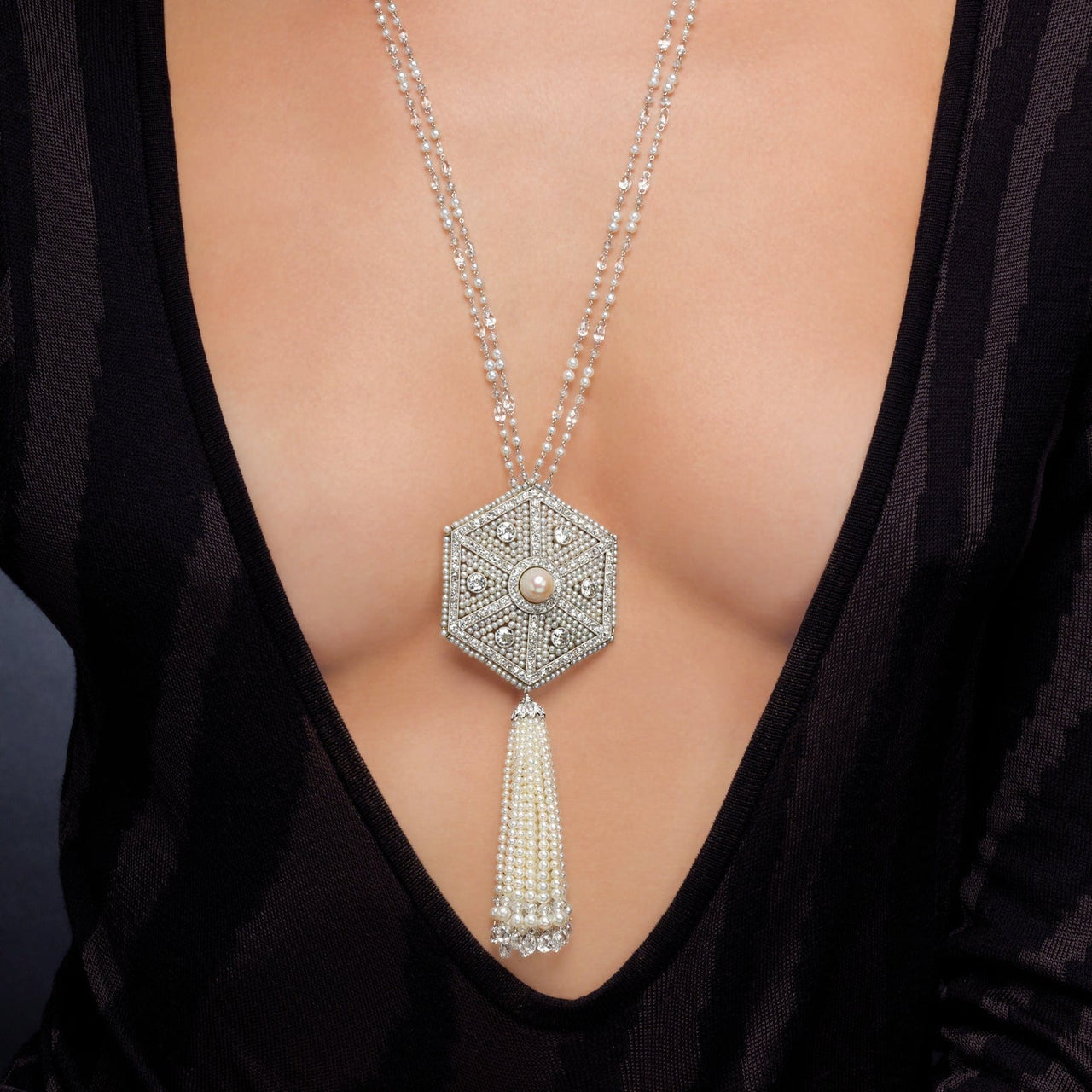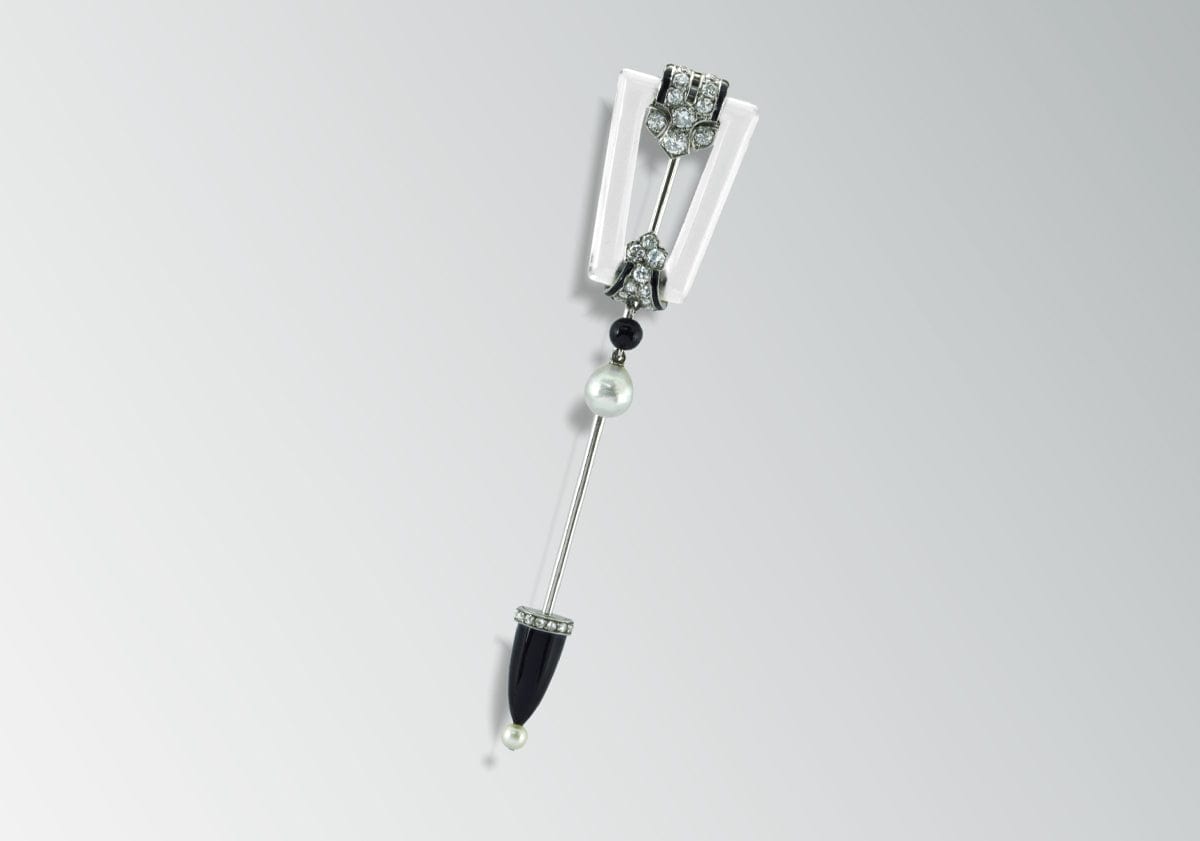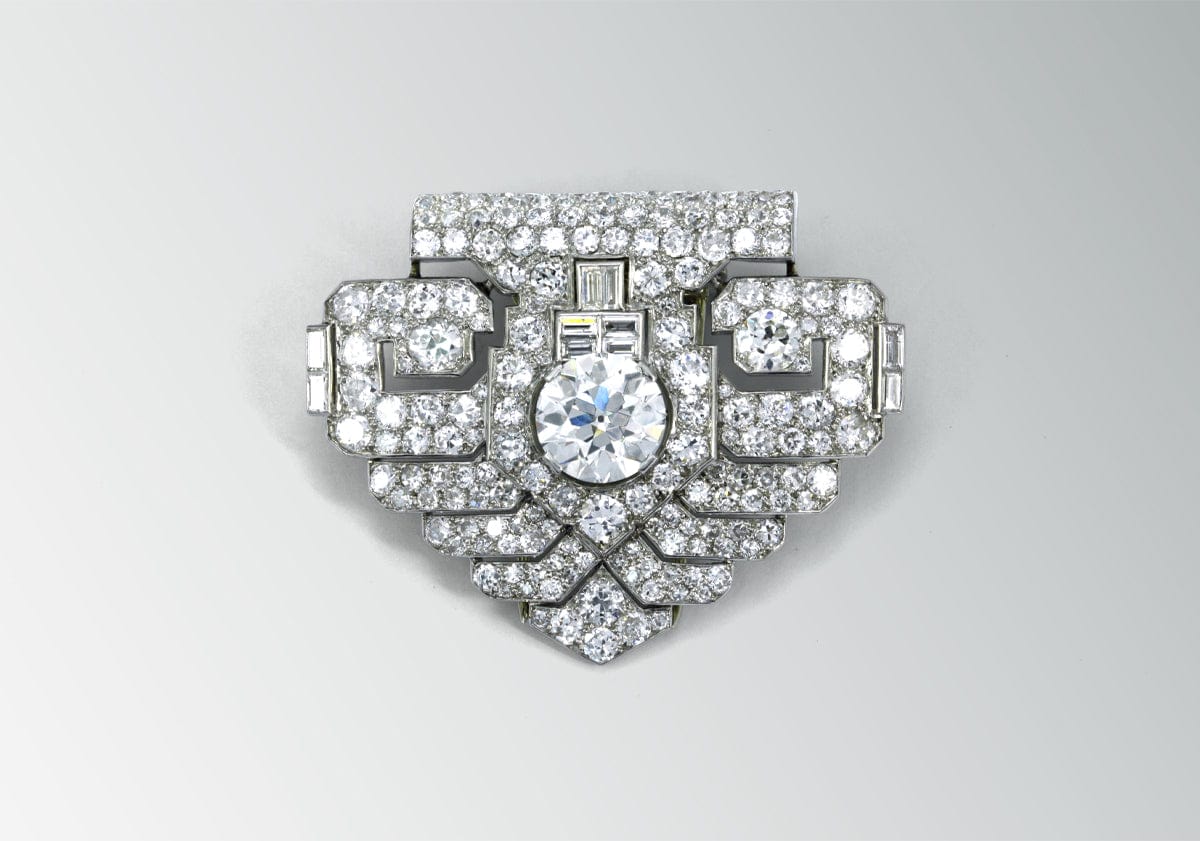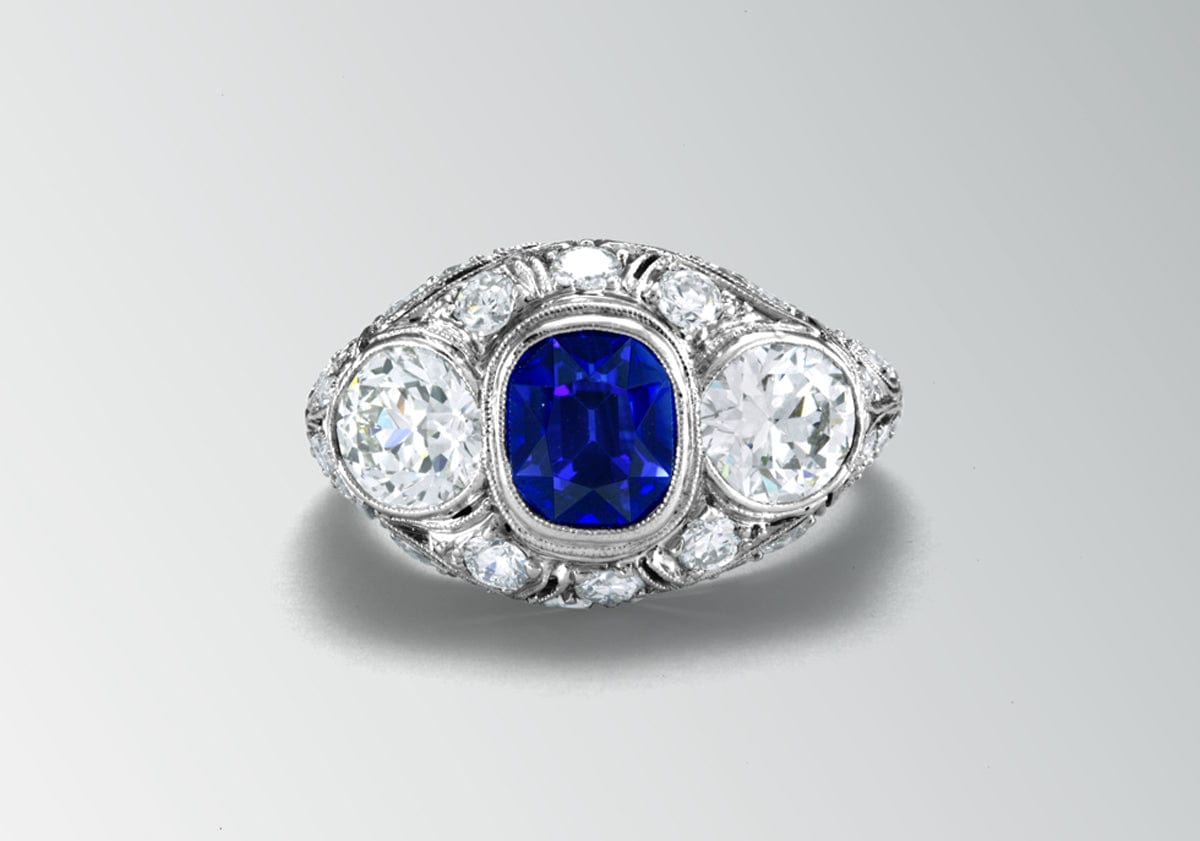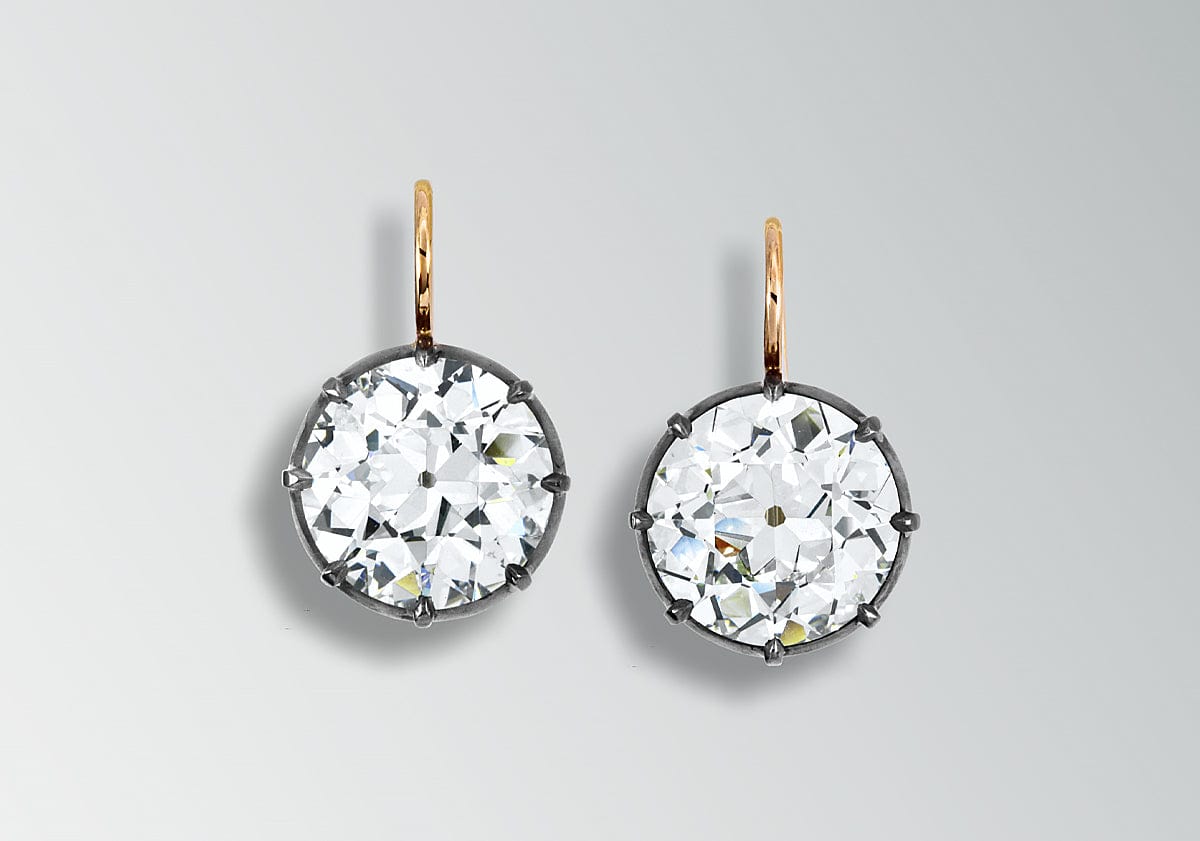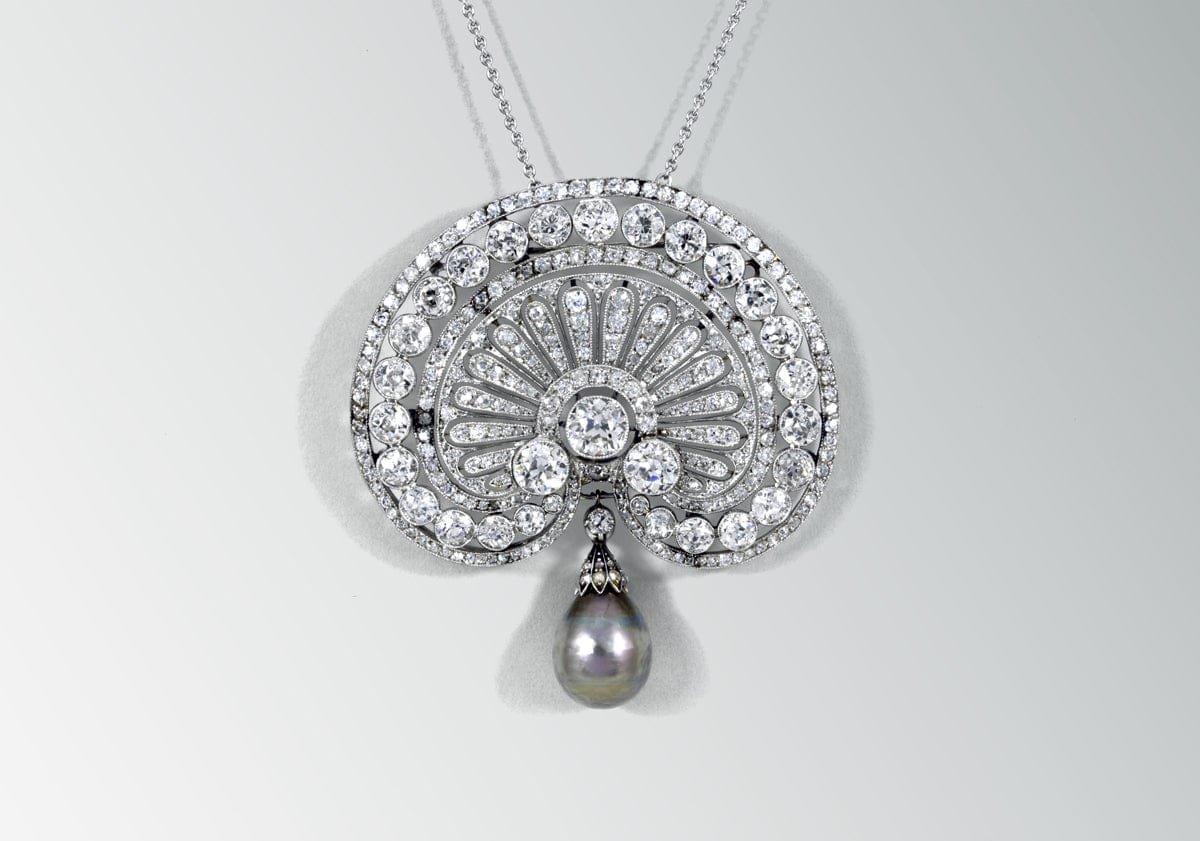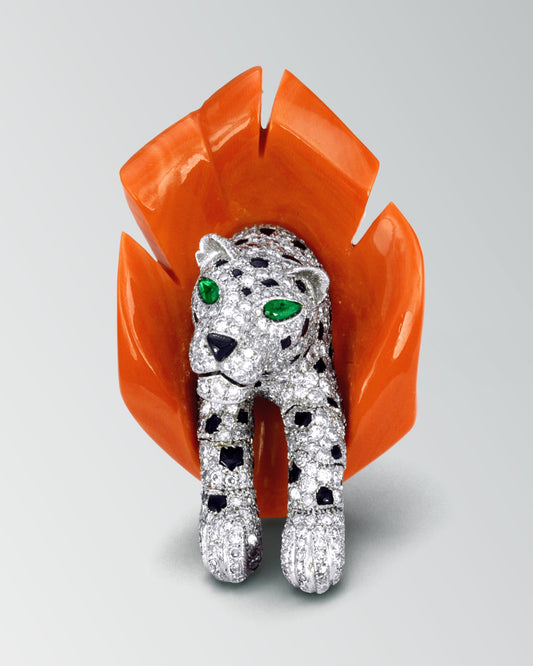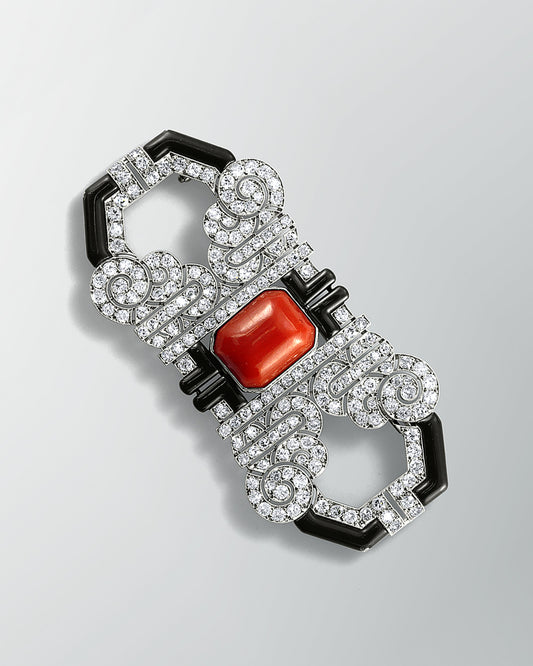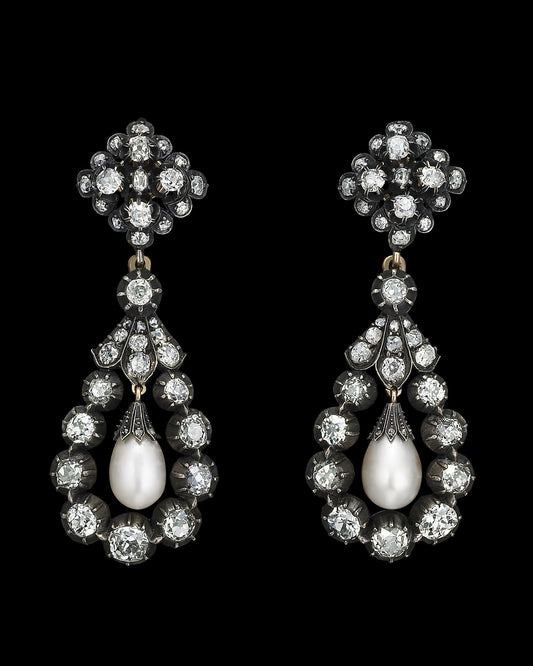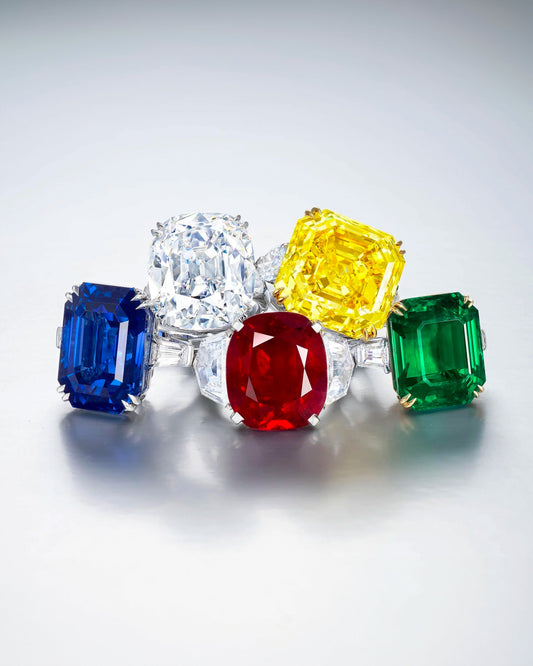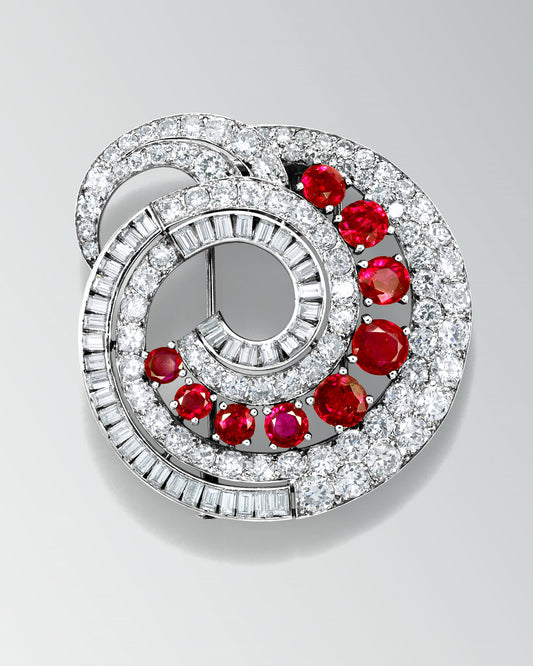
Collector's Corner
Latest Estate Acquisitions
2024, Volume 3
Deep-rooted passions
& eclectic tastes
This year, we have been focussed on expanding our Estate Collection to meet the growing demand for period pieces. JJ Abram is responsible for curating our collection, drawing on his unique experience in the field and his father's legacy of over 50 years of collecting antique jewellery.
JJ's approach to sourcing estate jewellery mirrors that of his father, Ronald, with a shared focus on beauty and exceptional craftsmanship. This emphasis on quality is deeply ingrained in our brand, reflecting their distinct tastes in design, craftsmanship and gemstones. As a result, our Estate Collection showcases recurring themes, stylistic motifs and a particular fondness for Art Deco, which serves as a key inspiration for the brand's design philosophy.
In Volume 3 of our Latest Estate Acquisitions 2024 series, a diverse array of jewels is showcased, each with its unique charm. Ranging from Old European cut diamonds to a Belle Époque necklace, an Art Deco sapphire ring and a distinctive Cartier Jabot pin, these pieces collectively reflect our deep-rooted passions and eclectic tastes.
We specialise in renowned makers, such as Cartier, who were pioneers in their era. We also showcase rare, old cut gems that possess a unique beauty distinct from modern stones, together with impeccably designed pieces that have endured the test of time & remain wearable today
Art Deco Jabot Pin Brooch by Cartier, circa 1925
Art Deco Jabot Pin brooch
by Cartier
Very fashionable in the mid 1920s, jabot pins were creatively used to adorn lapels, neck lines and hats. A century later, they have evolved into a popular black-tie accessory for men. Comprising two separate decorative elements, joined by a pin, this distinctive jabot brooch, created in 1925, encapsulates Cartier's design aesthetic at the time. Showcasing crisp, geometric forms and high-contrast colours, carved rock crystal and a natural white pearl are juxtaposed with an onyx bead and black enamel detailing.
Art Deco Diamond Clip brooch
by Cartier
Emblematic of the designs coming out of the Cartier Paris workshop in the 1930s, this is an extremely beautiful example of a clip brooch from the Art Deco era. Set with a 5.25 carat Old European cut diamond, the precursor to the modern round brilliant cut, it is an impressive, generously sized piece that draws inspiration from the Orient. Cartier was heavily influenced by India in the 1920s and 30s, with the brooch’s soft, geometric lines and stepped design echoing the shapes found in traditional Mughal designs.
Art Deco Sapphire and Diamond Ring, circa 1920
Art Deco
Sapphire & Diamond ring
It was the richly saturated 2.14 carat Ceylon sapphire that first drew JJ to this piece. Created around 1920, its vivid colour is completely natural and unenhanced by heat treatment. With all the characteristics we look for in a Ronald Abram sapphire, its distinctive cushion shape makes the perfect centrepiece in this Art Deco cocktail ring, framed by two Old European Cut diamonds.
Old European Cut Diamond Earrings, 13.28 carats
Old European Cut
Diamond earrings
Old European Cut diamonds don’t get any finer than this magnificent pair. Weighing 13.28 carats in total, they were discovered in separate estate pieces that were too worn to warrant restoration. Very well matched in terms of size, colour and clarity, JJ saw the potential to create something simple yet outstanding that in no way compromised their unique character. After repolishing them to restore their lustre, the diamonds were reset in antique-inspired Georgian cut-down settings.
Belle Époque Natural Pearl and Diamond Necklace, circa 1910
Belle Époque
Natural Pearl
& Diamond Necklace
We recently devoted an article to our Victorian jewellery acquisitions, so segueing into another jewel from this period seemed like the perfect way to close this piece. This necklace was crafted in France, where the years spanning 1871-1914 are referred to as the Belle Époque era. The“beautiful age” in France was a time of abundant creativity, characterised by curvilinear forms and depictions of nature. Created towards the end of the era, the diamond-set palmette motif here is an exquisite example of Belle Époque design. Resembling the fan-shaped leaf of a palm tree, a certified natural pearl hangs beneath. Important gems from this period, natural pearls are almost never seen in modern jewellery because of their rarity.
